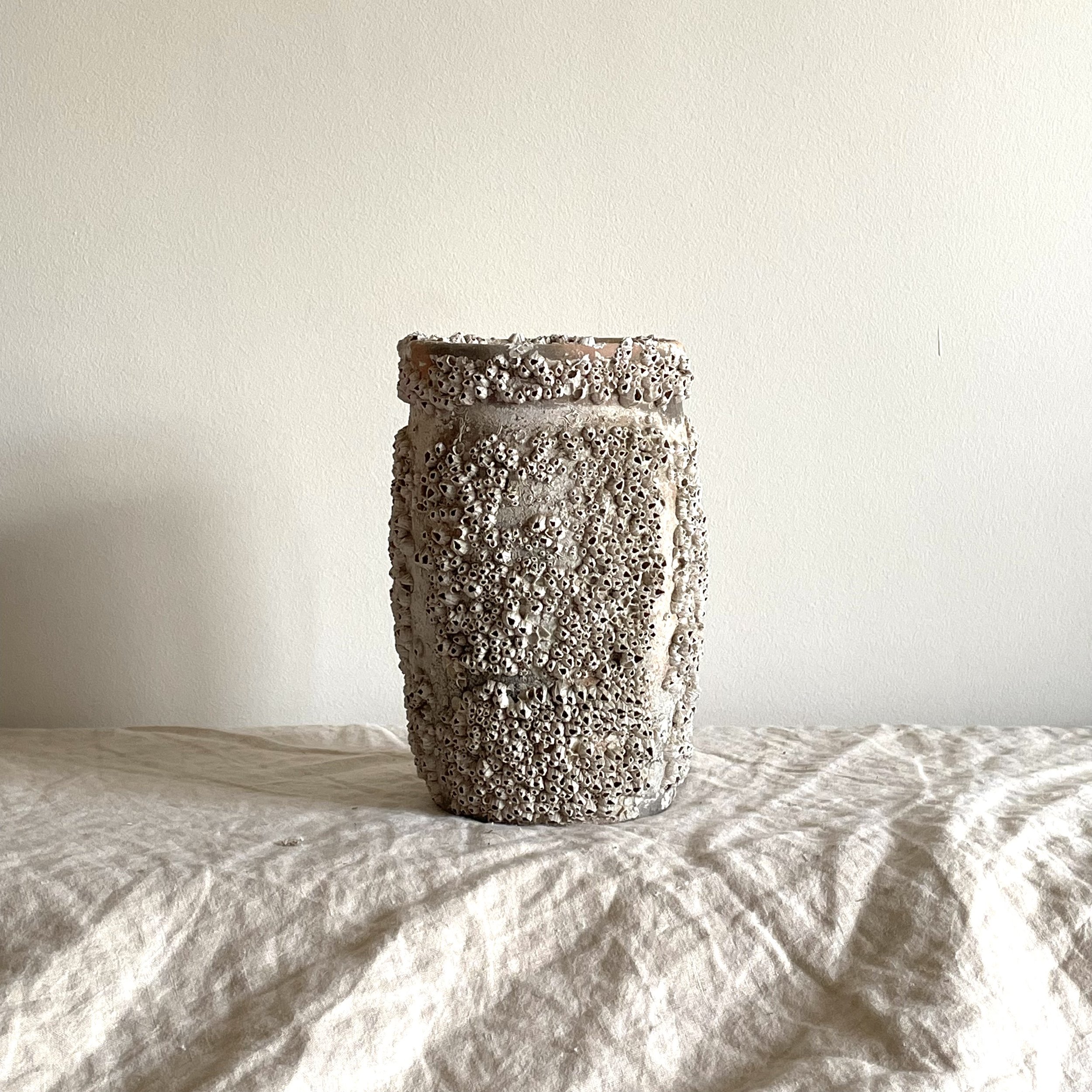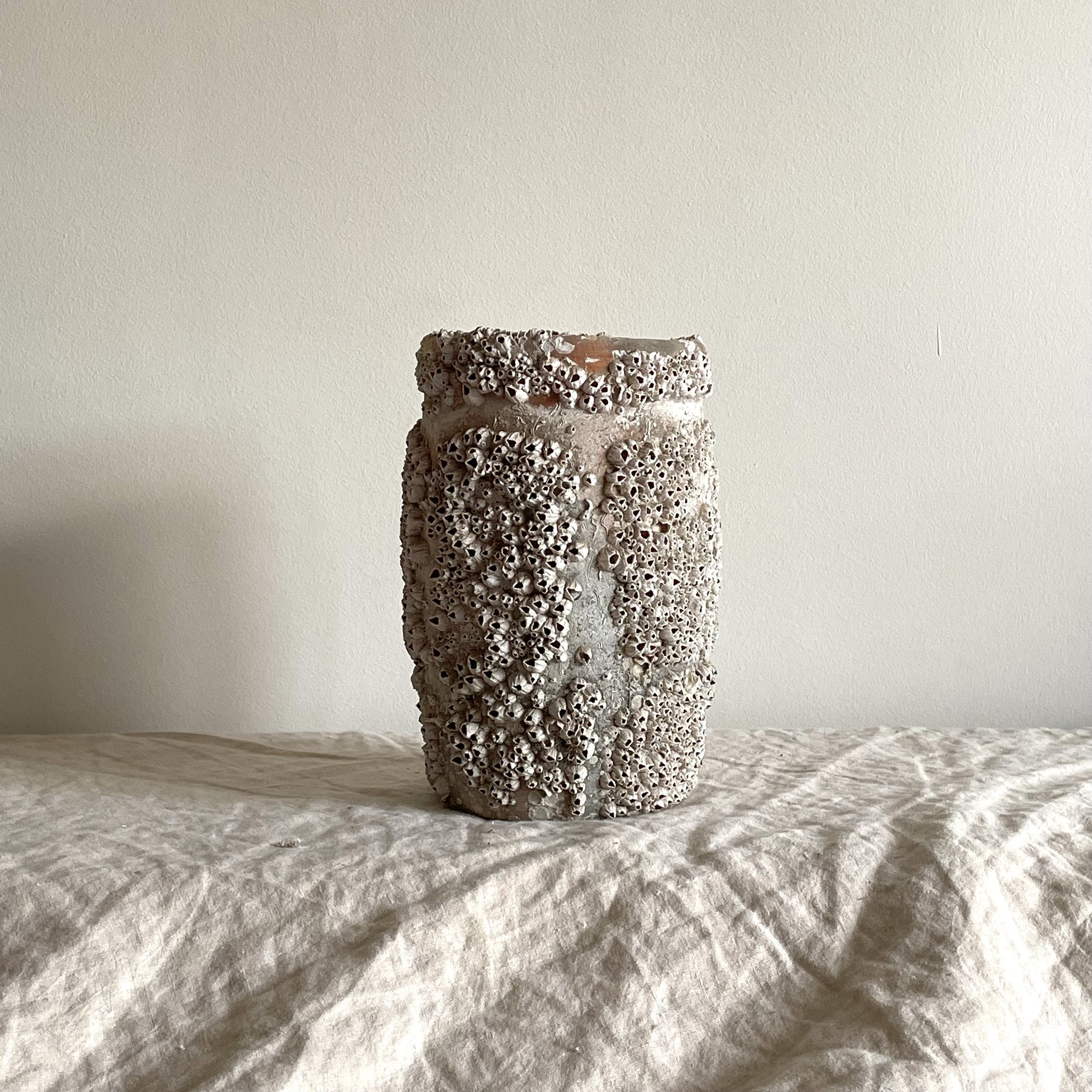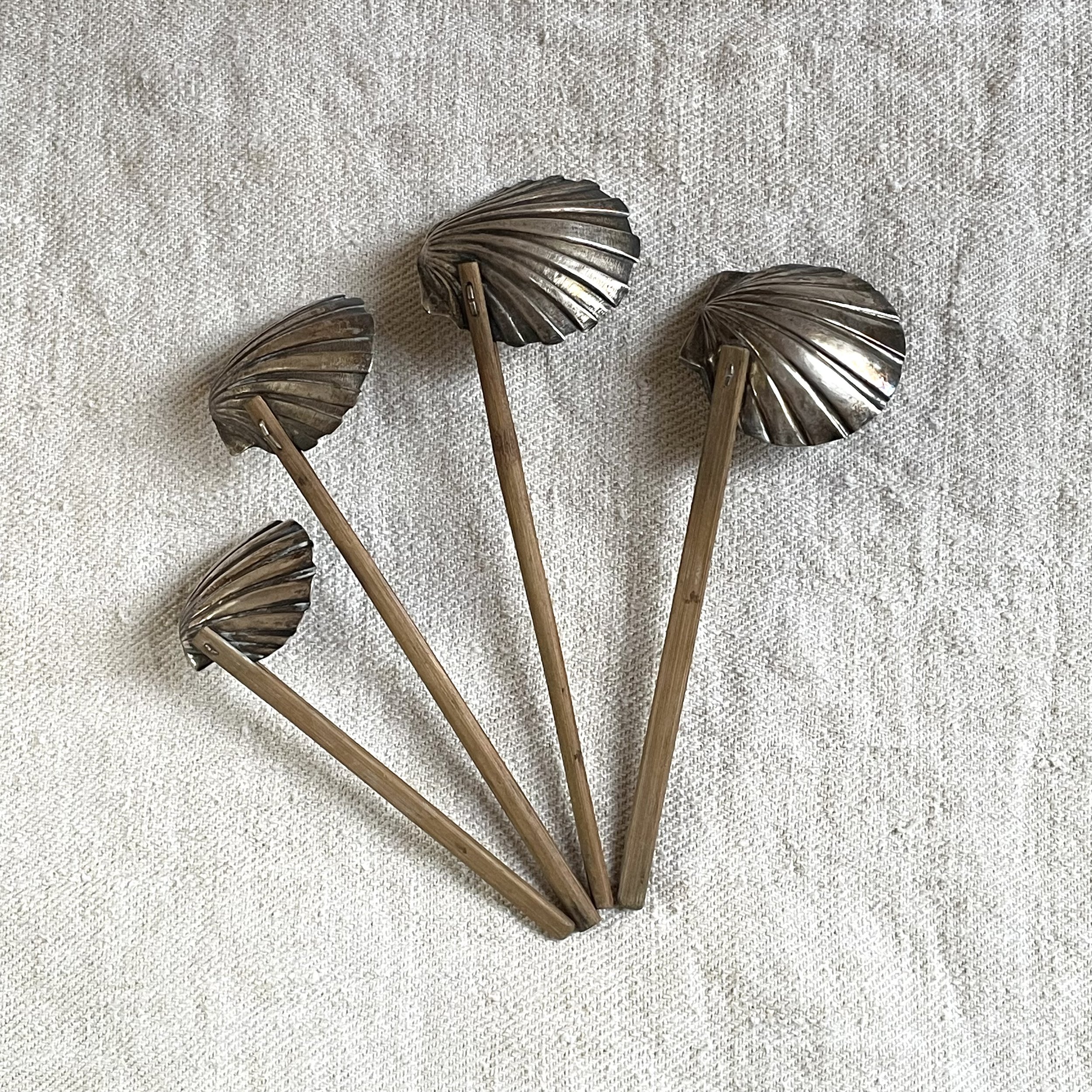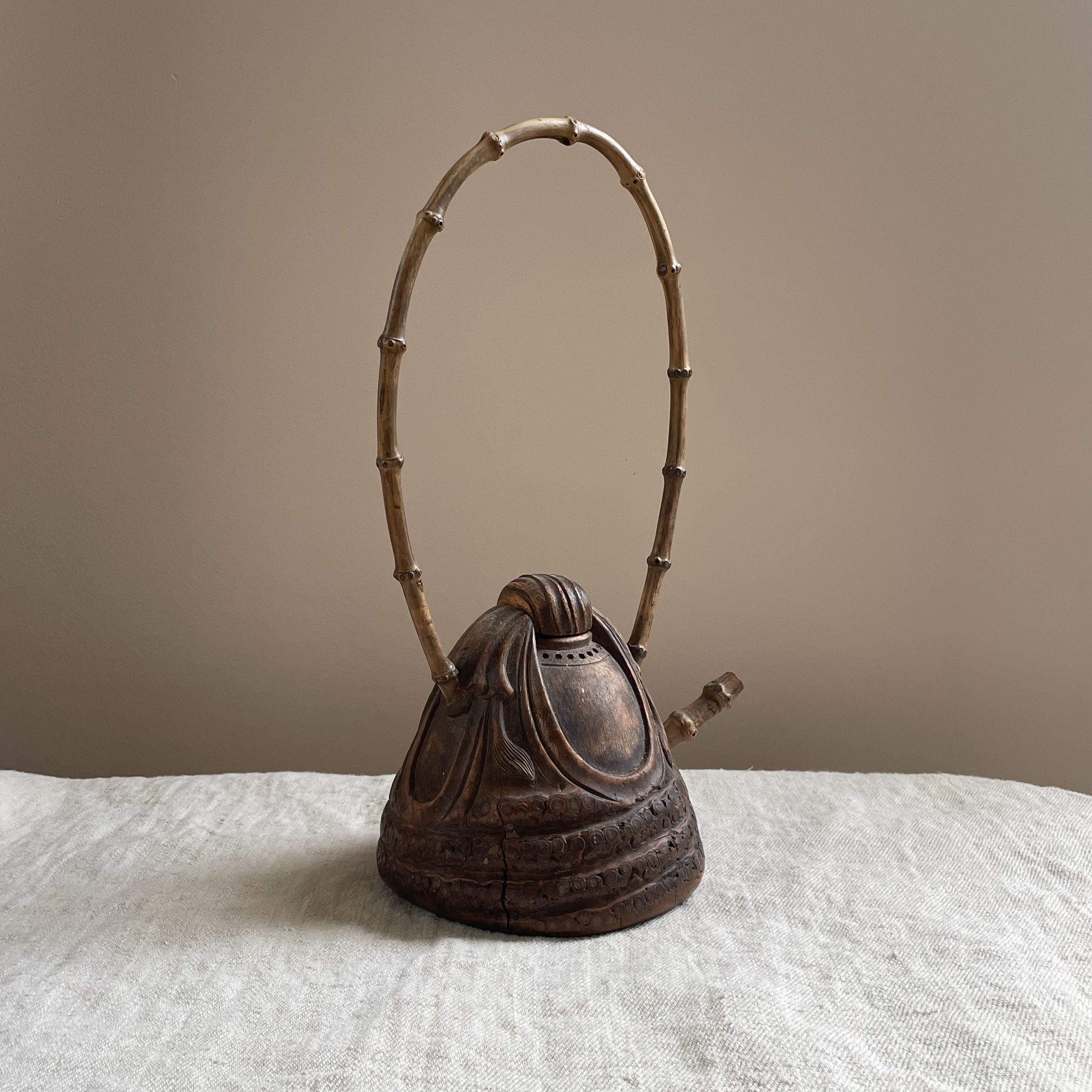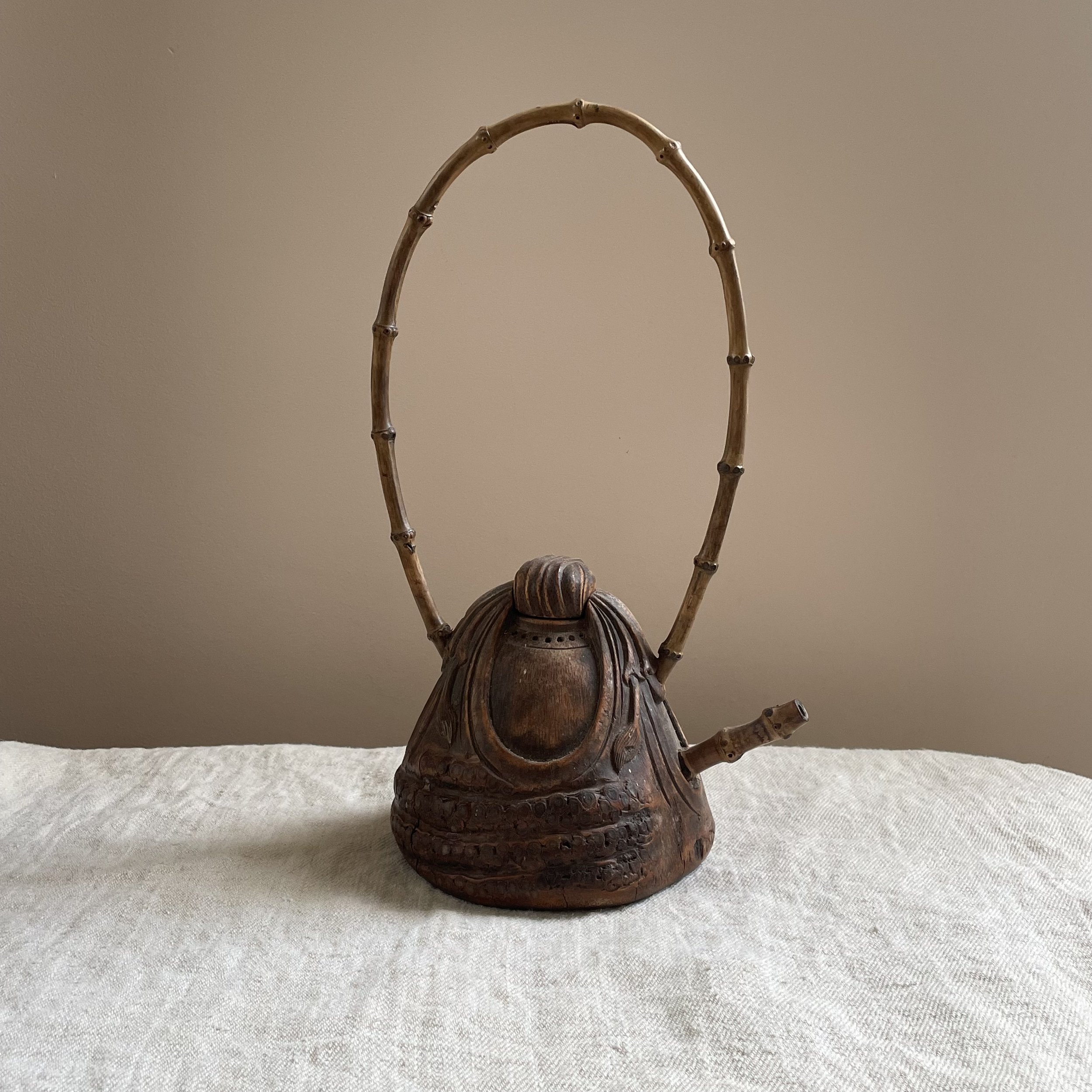Vase coloquinte, Jean Maubrou





Vase coloquinte, Jean Maubrou
Vase coloquinte en faïence émaillée rose
Jean Maubrou (1900-1965)
Circa 1940
Monogrammé JM
Hauteur 18 cm
Excellent état
Vase coloquinte in pink enamelled earthenware
Jean Maubrou (1900-1965)
Circa 1940
Monogrammed JM
Height 18 cm
Excellent condition
Jean Maubrou, né en 1900 à à Saint-Amand-en-Puisaye, s’installe en 1923 dans l’atelier de Jean Carriès pour se consacrer au façonnage d’une faïence de qualité à visée utilitaire. Ce n’est qu’après son retour de la Guerre qu’il se lance dans une production plus personnelle de pièces en grès pour lesquelles il développe des émaillages au sel, au rouge de cuivre donnant des couleurs rouge à verte, des beiges et noirs; Il rencontre ensuite Pierre Pigaglio, lui-même fait prisonnier puis réfugié de guerre à Saint-Amand-en-Puisaye, et ils ne tardent pas à s’associer. Ensemble, ils dirigent un atelier organisé pour fabriquer de la faïence d’une part et du grès cuit au four à bois d’autre part, leur production est principalement utilitaire. L’expérience ne dure que deux années.
Ce vase est un témoignage intéressant et rare des objets du quotidien réalisés en faïence par Jean Maubrou. Sa forme est celle d’une coloquinte débarrassée des détails anecdotiques et des effets de matière à la mode dans le grès. Ce motif de la coloquinte est une constante de cette école de Saint-Amand-en-Puisaye elle-même inspirée par les grès du Japon.
La particularité de celle-ci réside dans ce dépouillement de la forme, l’usage de la terre à faïence et l’invention d’un émaillage d’un rose tendre moucheté de noir. Pour l’oeil du XXIème siècle, ce vase trouve un écho à travers la création en 1973 par Ettore Sottsass du vase Shiva. Les inspirations n’ont pas de rapport mais les formes se répondent.
Jean Maubrou, born in 1900 in Saint-Amand-en-Puisaye, settled in 1923 in the workshop of Jean Carriès to devote himself to the shaping of a quality earthenware for utilitarian purposes. It is only after his return from the war that he launches into a more personal production of stoneware pieces for which he develops enameling with salt, copper red giving red to green colors, beiges and blacks. He then meets Pierre Pigaglio, himself a prisoner of war and then a refugee in Saint-Amand-en-Puisaye, and they soon become partners. Together, they run a workshop organized to manufacture earthenware on the one hand and stoneware fired in a wood-fired oven on the other, their production is mainly utilitarian. The experiment lasted only two years.
This vase is an interesting and rare testimony of the everyday objects made in earthenware by Jean Maubrou. Its shape is that of a coloquinte, without the anecdotal details and material effects that are fashionable in stoneware. This motif of the coloquint is a constant of this school of Saint-Amand-en-Puisaye itself inspired by the stoneware of Japan.
The particularity of this one resides in this stripping of the form, the use of the earthenware and the invention of an enameling of a tender pink speckled with black. For the eye of the XXIst century, this vase finds an echo through the creation in 1973 by Ettore Sottsass of the Shiva vase. The inspirations are not related but the forms are in response.

